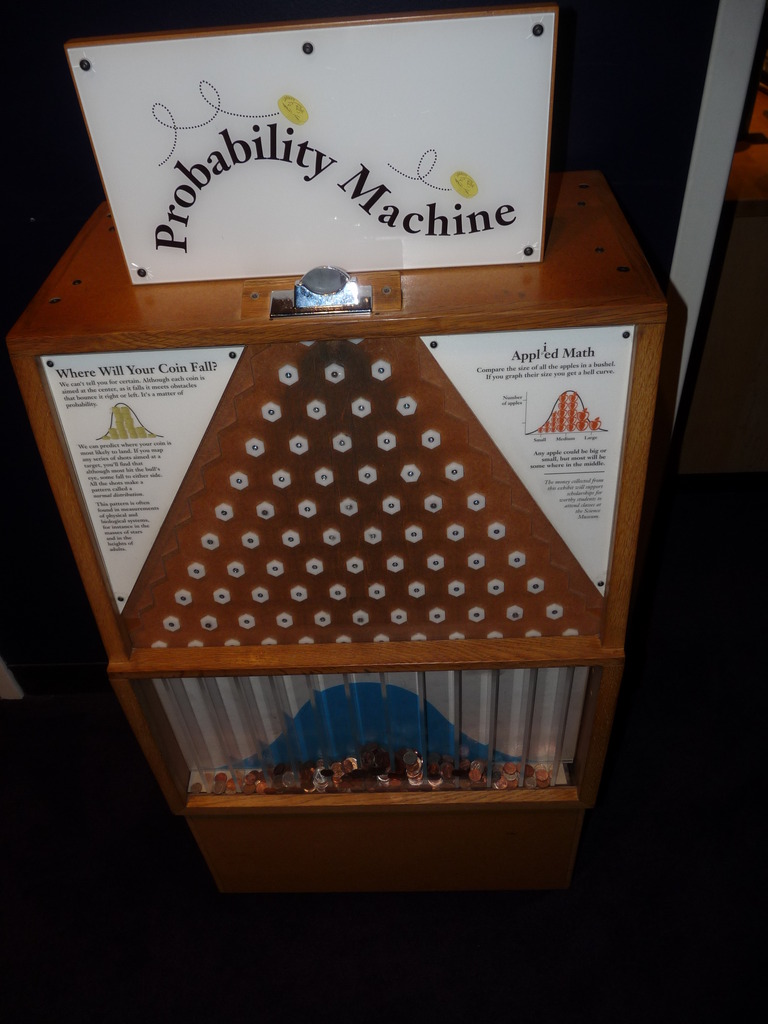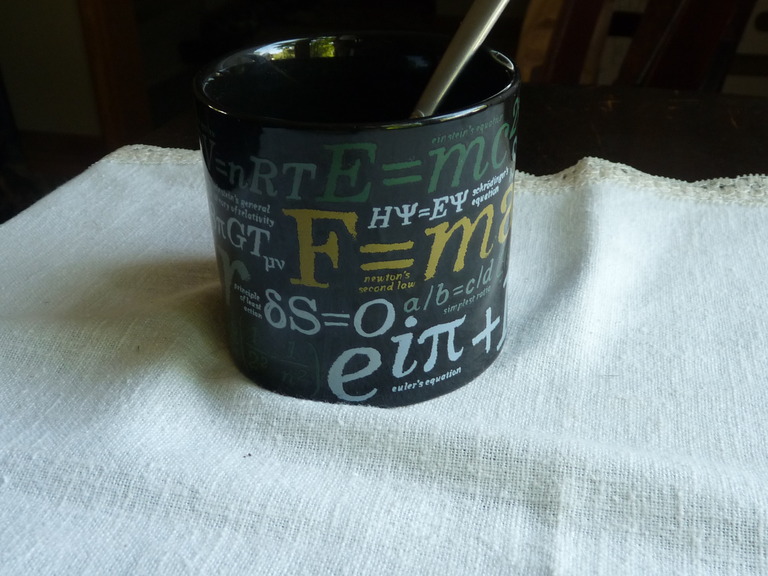This is what H. Widom understandably says of the formula
$latex \frac{G(1+\alpha)^2}{G(1+2\alpha)}=e^{\alpha(\alpha-1)/2}\pi^{\alpha/2}2^{-2\alpha^2+\alpha}\Gamma(\alpha+1/2)^{-\alpha}\prod_{j\geq 1}{\frac{\pi}{2}x_j(\alpha)J_{\alpha+1/2}(x_j(\alpha))^2}$
proved in his 1973 paper Toeplitz Determinants with Singular Generating Functions. Here the variable α is a complex number, G is the Barnes function, which can be expressed as
$latex G(z+1)=(2\pi)^{z/2}e^{-(z(z+1)+\gamma z^2)/2}\prod_{n\geq 1}{(1+z/n)^n\exp(-z+z^2/(2n)}}$
Jν(z) denotes the standard Bessel functions of the first kind, and the xj(α) are the zeros with positive real part of the Bessel function
$latex J_{\alpha-1/2}(z).$
Widom adds that this formula is “established here by what is certainly a roundabout procedure”. In fact, he obtains it by comparing two independent computations of, well, Toeplitz determinants with singular generating functions (one his own, one a special case due to Lenard), and it is hard to imagine finding an identity like that by chance… It seems to be completely and wonderfully different from most other analytic identities which are commonly known!
In one of the last sections of his paper, Widom sketches a direct proof, which is roughly as follows: one shows that the ratio of the two quantities is an entire function of α of order (at most) 2; it follows that it must be of the form
$latex e^{a+bz+cz^2}$
for some constants a, b and c. Hence checking the formula for three values of α will prove it for all. For α=0, this is not difficult; for α=2, it boils down to the elementary formula
$latex \prod_{j\geq 1}{\sin^2 x_j}=\frac{e}{3}$
where now xj are the positive zeros of the function
$latex f(x)=\frac{1}{x}\sin x-\cos x.$
Widom gives a very nice proof of this, due to S. Philipp, which I will not reveal (see pages 377, 378 of the paper…)



